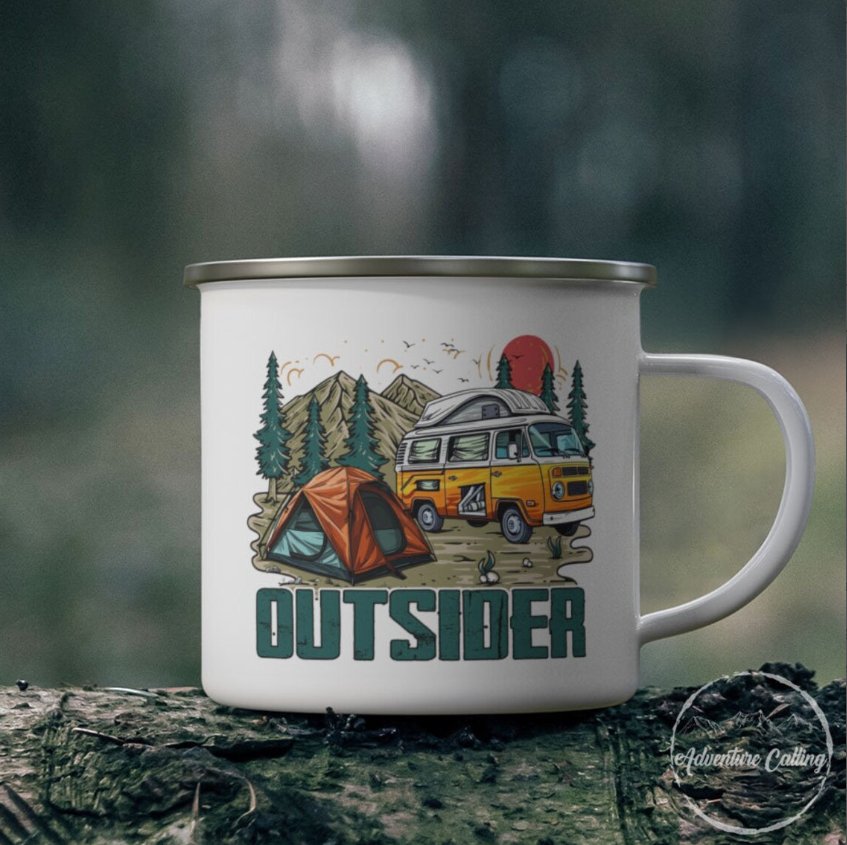How to wallpaper in the bathroom?
Wallpapering in a bathroom can be a fun and easy way to spruce up the space, add personality and make it more functional. Several types of Wallpaper can work well in a bathroom - from traditional patterns to bold graphics. It's essential to choose something that will look good with the other decorating elements in the room but also function as an effective barrier against moisture and dust.
Some tips for choosing the suitable Wallpaper for your bathroom:
- Start by sketching out a rough idea of what you want your walls to look like. This will help you choose a palette that works with your chosen design scheme.
- Consider factors such as brightness levels, colorfulness, and opacity. Specific wallpapers may be difficult or impossible to see through depending on lighting conditions or time of day; others may become faded over time if left untreated. Play around with different options until you find something that suits your aesthetic sense and needs!
- Once you have settled on a primary color choice (or a combination thereof), start browsing various wallpaper samples online or at local retailers。 Be sure to read reviews before making any decisions - many people report great success using specific brands or styles of Wallpaper when renovating their bathrooms!
Characteristics of wallpapered washrooms
Adhering to guidelines will undoubtedly describe the various opportunities and functioning techniques for utilizing Wallpaper in restrooms. It can be an excellent method to provide a room with a brand-new, fresh, modern look and also is more affordable (and quicker) than re-tiling your washroom.
However, before we carefully enter the procedures, we'd like to give you some details concerning using Wallpaper in "damp areas" like bathrooms. Whether you survive on leased or residential property is an important additional factor to consider when it involves Wallpaper in shower rooms.
"Room climate" and wallpaper adhesion in bathrooms
Restrooms are "moist spaces," where steam from hot bathrooms and showers raises the air humidity considerably. This is why proper ventilation in washrooms is very vital. The damp air needs to be able to run away, or else it will certainly resolve in the wall surfaces. If the air humidity continues to be consistently high, it will undoubtedly result in mold.
When picturing bathroom wall surfaces, be they tiled or otherwise, one must use hygienic (wipeable) wallpapers with superb water resistance. The very best alternative is to use vinyl wallpaper.
If humidity passes through the Wallpaper, the attachment strength is minimized, and also the Wallpaper can begin to find off the wall. This resembles the process of removing old Wallpaper by saturating it in water and soap to pull it off much more conveniently. If you select a non-woven or paper-based wallpaper without plastic finishing for your bathroom, you need to treat it with a colorless latex covering, which will safeguard it from water and moisture.
To boost the glue strength of wallpapers in bathrooms, you can include some (regarding 20%) dispersion adhesive to your regular wallpaper paste. Conversely, you can simply change the paste with 100% dispersion adhesive. Your neighborhood DIY shop can recommend the correct dispersion glue, as various kinds are available. Please note that diffusion adhesive takes longer to dry and harden than wallpaper paste completely. The plasterboard will undoubtedly need to be keyed (as per usual) before using the glue.
Rental or own property - what you need to know
If you are the pleased owner of a level or residence, you can (within building policies) do what you like in renovating or enhancing your residential property. Nonetheless, if you are leasing a house or a residence, it's a different circumstance. Typically speaking, if you reside in leased holiday accommodation, you are only permitted to make changes that will quickly be turned around when the time involves leaving. As for restroom alterations, there is just a minimal amount of reversible alternatives, which is why you may need to consult your property manager or landlady initially.
In other words: Before you start the process, talk to the owner of your abode first!
Describe your plans carefully, and tell them what you desire to accomplish and how you will do it. If you have the composed "OK," and it has likewise been defined (in writing) what you could need to do to reverse the job, there is absolutely nothing stopping you from commencing your restroom renovation.
Wallpapering tiled bathroom walls
Ugly, obsolete tiles frustrating you every early morning? There is a service! We will present three methods of wallpapering tiled washroom wall surfaces using beautifully patterned wall designs, which will change your old bathroom into a sanctuary of tranquility.
Method 1: Remove old tiles, re-plaster the wall, and apply Wallpaper
Eliminating the old floor tiles and any glue remnants and then re-plastering - is the timeless method for restroom renovations. Nonetheless, it is a dusty, dirty, and very lengthy process.
Alas, if the old tiles are damaged, they are starting ahead of the wall; if they have fractures or the grouting is crumbling and moldy, there is no way around it; you will certainly need to eliminate them from scratch. Backgrounding over harmed surface areas or covering them with plasterboard is no remedy! However, taking old ceramic tiles off in leased accommodation is usually not permitted. Once more, you must consult your property manager or landlady.
Method 2: Smooth over tiled walls, then apply Wallpaper.
The benefit of this procedure is that you do not have to eliminate the tiles initially. This approach can be used after getting in touch with the owner, as reversing the process is not possible because of the truth that the surface of the floor tiles, in addition to the grouting, is compromised during the process. Compared to using plasterboard ("drywalling"- explanations under 3), no thick material is affixed to the ceramic tiles.
Method 3: Mounting gypsum plasterboard as a surface for hanging Wallpaper
The wall surface is covered with plaster plasterboard paneling for the third means to hide old floor tiles behind a brand-new wallpaper. This technique is suitable for rental lodging; also, as the floor tiles continue to be unhurt, the wallpaper-covered plasterboard panels can, later on, be removed. Please note that the drill holes in the grouting will have to be filled out to restore the wall to its initial state. This method is a tidy, time-saving choice.
Due to the paneling, the wall "moves into the area" ever so slightly. This can bring about problems when it pertains to plumbing as well as fittings. When unsure, it's best to speak with a specialist who can likewise execute the required cuts to fit the abovementioned pipes and installations.
Wallpapering untiled bathroom walls
If the wall surfaces of your restroom aren't tiled, you can wage your task according to the directions above. Suppose you decide to make use of diffusion glue for your Wallpaper. In that case, you should educate the holiday accommodation proprietor and see if they agree, specifically in light of what future elimination will undoubtedly involve. Because of the boosted sticky stamina of this adhesive, it is - contrasted to "regular" wallpapering paste - a more labor-intensive process to get rid of Wallpaper later. This is usually achieved with the help of a heavy steam wallpaper pole dancer as well as it can be a fiddly job to make sure no plasterboard comes off with the Wallpaper.
Filling in, grouting, leveling out the filler, and sanding down tiles with sandpaper
Our Wallpaper Girl shows precisely how it works.
First, load the gaps between the floor tiles with tile adhesive and a degree it out, developing an entirely also surface area. Grouting compound is not appropriate for this process.
Once the adhesive has dried (inspect the product packaging for drying times), the floor tiles must be sanded (using sandpaper) to ensure the surface area is topped correctly for the following step. Then remove the fining sand dirt, clean the tiles, and ensure they are scorched.
Apply deep primer twice, then apply lining paper
The following action is using an in-depth guide to the ceramic tiles. Repeat this procedure once the initial layer is dehydrated. Currently, make use of diffusion sticky to put up the lining paper. This will certainly also remove any remaining uneven areas.
When the adhesive has dried, you can finally use the decorative patterned Wallpaper, e.g., a plastic model. When using paper-based or non-woven wallpapers (i.e., any type of Wallpaper without a vinyl layer), a final layer of clear latex paint provides a reliable safety layer to fend off moisture.
Mounting plasterboard paneling,
drilling holes in grouting
Our Wallpaper Lady is a dab hand at mounting plasterboard panels to the wall surface.
The drill openings for fixing the panels to the wall surface are put in the voids between the tiles to shield them. As soon as all boards have been screwed to the wall surface, the noticeable spaces between the plasterboard panels are filled out. After that, the filled-up grouting is sandpapered down to develop an even surface area.
As gypsum plasterboard is very absorbent, an in-depth guide must be put on it before hanging the Wallpaper. This process might need to be repeated, depending on the absorbency of the panels. After the primer has dried out completely, the formed Wallpaper can be hung.
We recommend that the grouting is constantly cleaned thoroughly or, if needed, replaced before dealing with the ceramic tiles or covering them with plaster plasterboard. If this vital part of the procedure is disregarded, mold will spread out under the panels or the Wallpaper - and ultimately emerge on the surface. It doesn't just look bad - it destroys your health and wellness!
Important note for wallpapering on old tiles or gypsum plasterboard mounted on top of old tiles.
Before you embark on one of both alternatives, inspect the grouting thoroughly. Mould can establish and remain unnoticed for an extended period, especially in locations routinely sprayed with water. Tiny red or black stains, dots, or discolorations indicate mold or mold. Depending on the mold issue, the grouting could need to be replaced in the impacted locations. Antibacterials can manage minor mold problems like hydrogen peroxide or details anti-mold products readily available in DIY stores.
Also Read:- How to wallpaper the ceiling?
For interesting Home decor Posts, follow us on Instagram.



Leave a comment